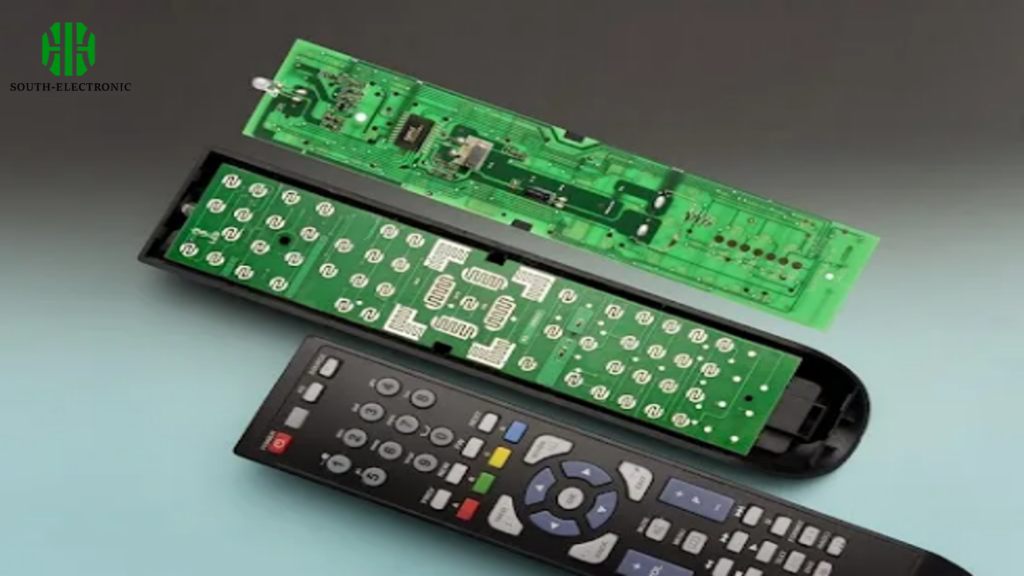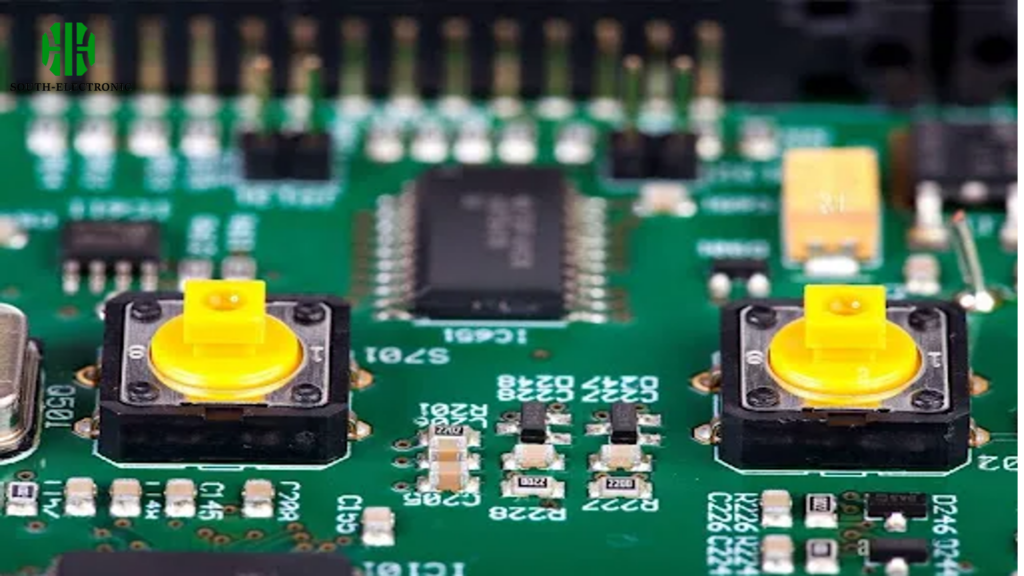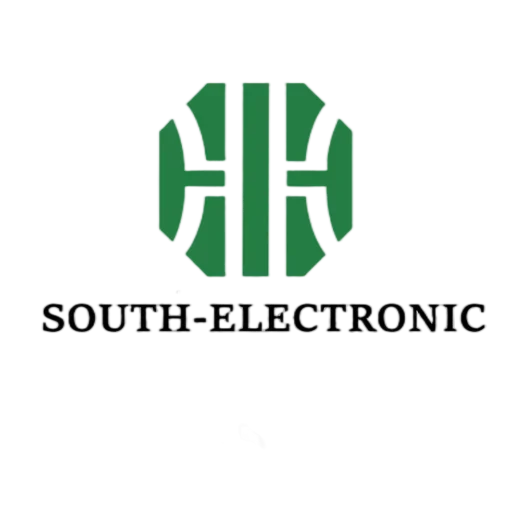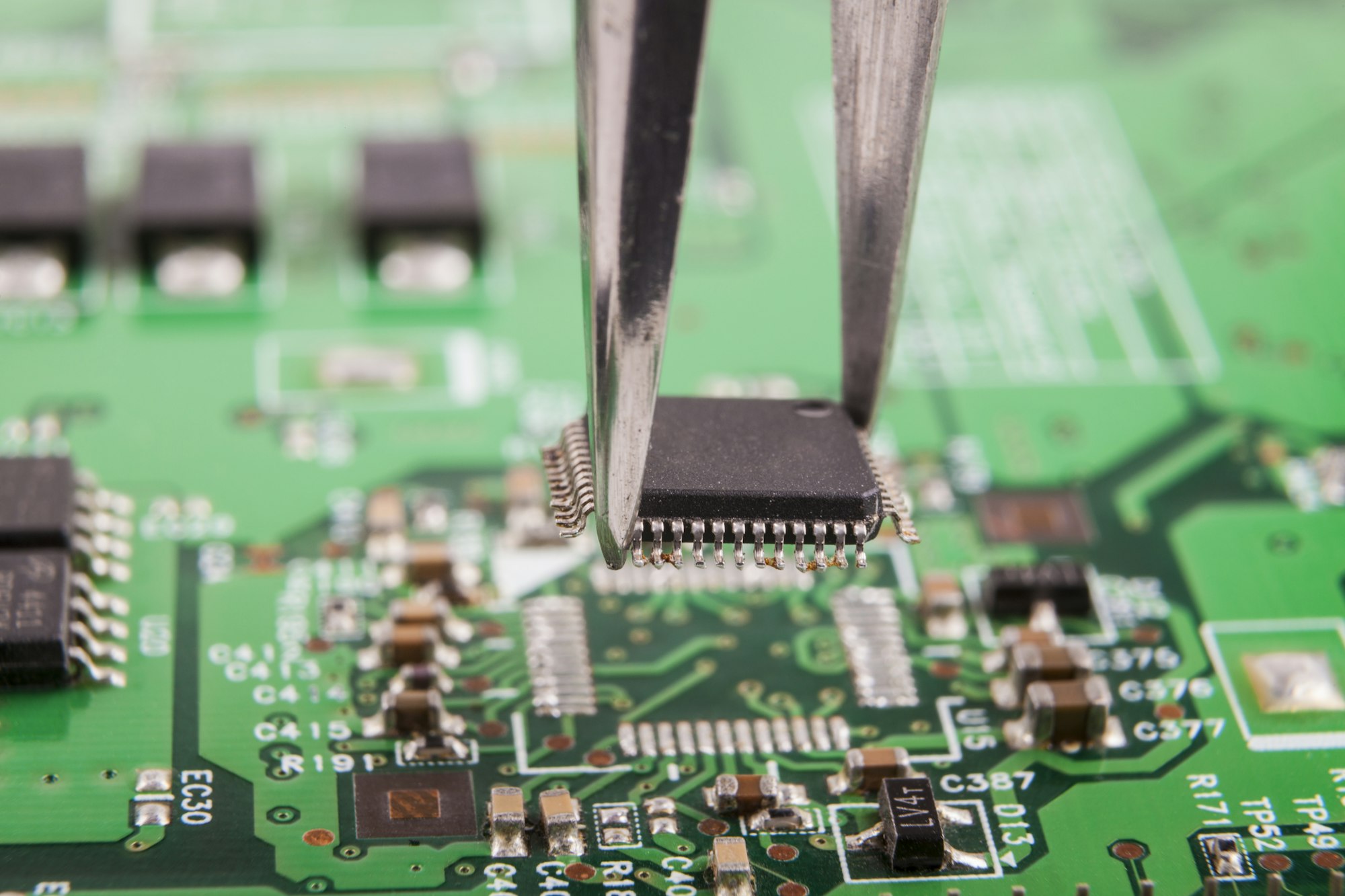What is a PCB Button?
A PCB button is a type of tactile switch that you solder onto a PCB to close or open an electrical circuit. You use these buttons in all kinds of electronic devices to let users give input.
Types and Applications of PCB Buttons
| Type | Description | Common Uses |
|---|---|---|
| Momentary | Only active when pressed | Keyboards, calculators |
| Non-Momentary | Remains active until pressed again | Industrial machinery controls |
| Toggle | Changes state with each press | Power switches, light controls |
| Capacitive | Activated by the touch of a finger | Smartphones, touch-sensitive devices |
| Normally-On | Remains on and turns off when pressed | Safety controls, emergency equipment |
| Normally-Off | Remains off and turns on when pressed | General electronic devices |
| Latching Push Button | Maintains its state until pressed again | Audio equipment, memory settings in devices |
| Tactile Push Button | Provides physical feedback to indicate activation | Consumer electronics, gaming controllers |

How Do Circuit Buttons Work?
- Pressing the Button: When the button cap is pushed, it moves the dome or plunger down towards the PCB.
- Contact Closure: As the plunger compresses, the movable contact attached to it comes into contact with the stationary contact pads on the PCB. This completes the circuit.
- Signal Generation: The closing of the circuit allows electrical current to flow through the button’s contacts. This change in current flow can be detected by the device’s control system, which interprets the signal as a button press.
- Release and Reset: Once the pressure on the button cap is released, the spring mechanism pushes the dome or plunger back to its original position. This separates the contacts, breaking the circuit and stopping the current flow.
A lot of PCB buttons have a tactile feedback feature. When the contacts close, the dome gives a noticeable snap or click. This lets the user know the button has been pushed.

Future Trends in PCB Button Technology
The future of PCB button technology is shaping up to include thinner, more durable designs with enhanced functionalities. Trends point towards integrating capacitive touch and haptic feedback for improved user interaction, while smart, multifunctional buttons with embedded sensors will cater to IoT applications. Advances in flexible and stretchable electronics will also allow for innovative uses in wearables and other non-traditional formats, potentially incorporating energy-harvesting capabilities to increase device autonomy.

Conclusion
PCB buttons are integral to the interface design of countless electronic devices. Understanding their types, functionality, and applications allows designers to innovate and improve user interactions. As technology continues to advance, the evolution of PCB buttons will undoubtedly play a key role in the electronics industry.


